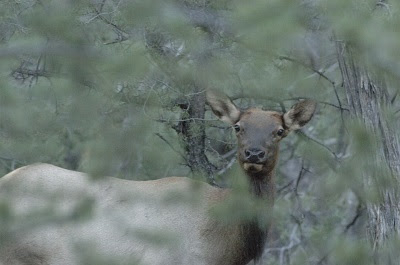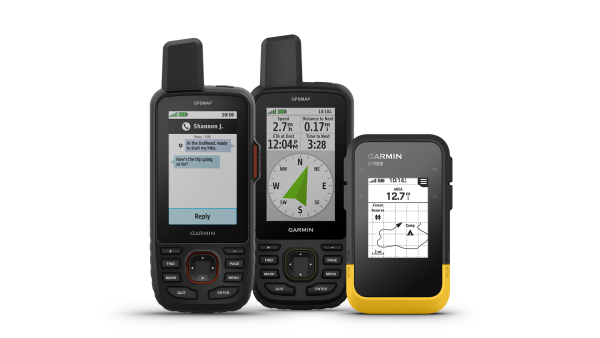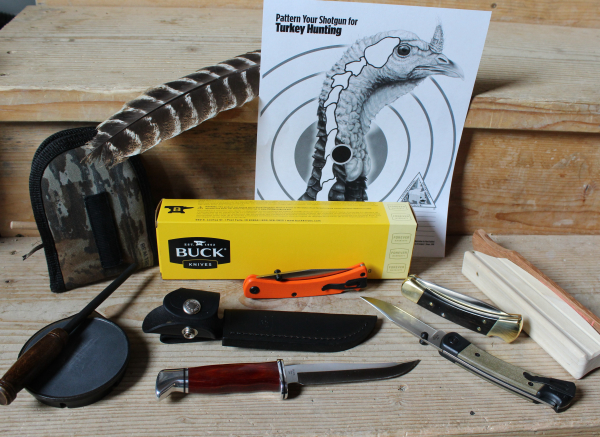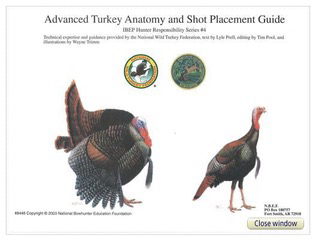Arizona: leftover permit-tags remain for 2023 elk hunts

Applications will be accepted by mail beginning at 8 a.m. Monday, March 27
PHOENIX — Arizona hunters still have an opportunity to receive a hunt permit-tag for select 2023 elk hunts.
The Arizona Game and Fish Department has posted a list of leftover hunt permit-tags, as well as a printable paper application, on its website.
Leftover hunt permit-tags include:
- 62 — limited opportunity (general) antlerless elk.
- 9 — limited opportunity (HAM) antlerless elk.
- 6 — archery-only antlerless elk.
- 6 — youth-only (general) antlerless elk.
- 2 — archery-only bull elk.
The department will begin accepting paper applications for leftover hunt permit-tags on a first-come, first-served basis — by mail only — beginning Monday, March 27. All completed paper applications must be addressed to: Arizona Game and Fish Department, Attn.: Draw/First Come, 5000 W. Carefree Highway, Phoenix, AZ 85086. There is no “mini” draw. Allow 10 to 15 business days to receive a hunt permit-tag by mail.
Any remaining leftover hunt permit-tags will go on sale on a first-come, first-served basis beginning Monday, April 3, at all department offices. Some of the leftover hunt permit-tags are for Hopi hunt open areas and are available to everyone, both tribal members and non-tribal members, through the first-come, first-served process.
A number of leftover hunt permit-tags remain for military hunts at Camp Navajo, for those who qualify. For more information, visit https://dema.az.gov/army-national-guard/camp-navajo/garrison-operations/camp-navajo-hunting-information.
For more information, including license and hunt permit-tag requirements, view the “2023 Pronghorn and Elk Hunt Draw Information” booklet online, or call 602-942-3000.








